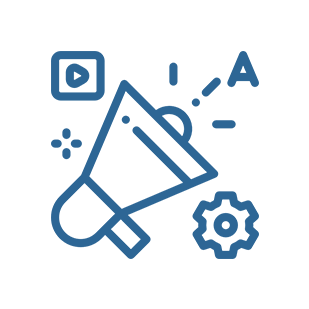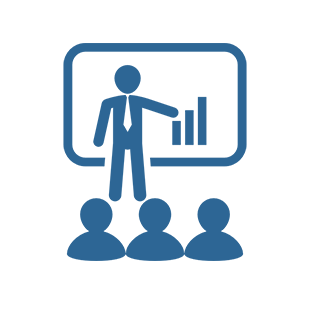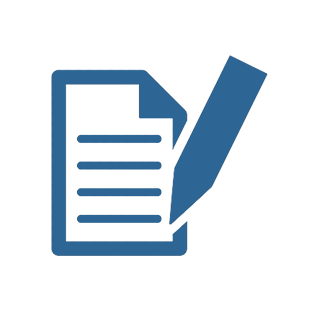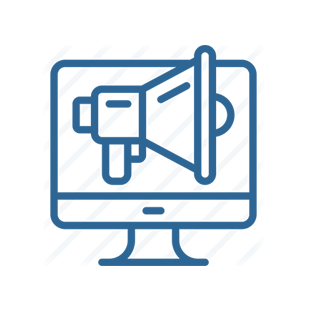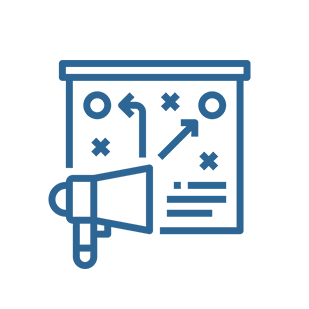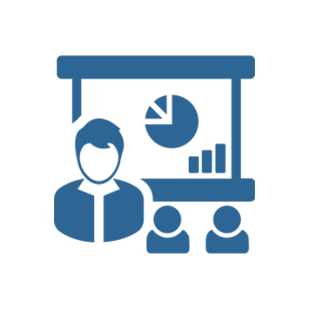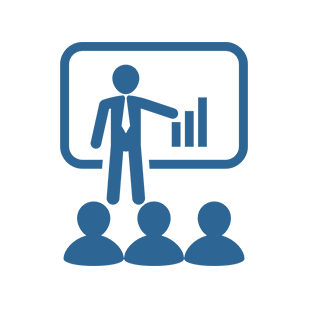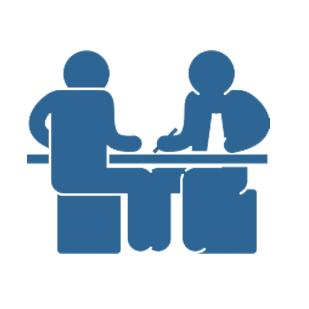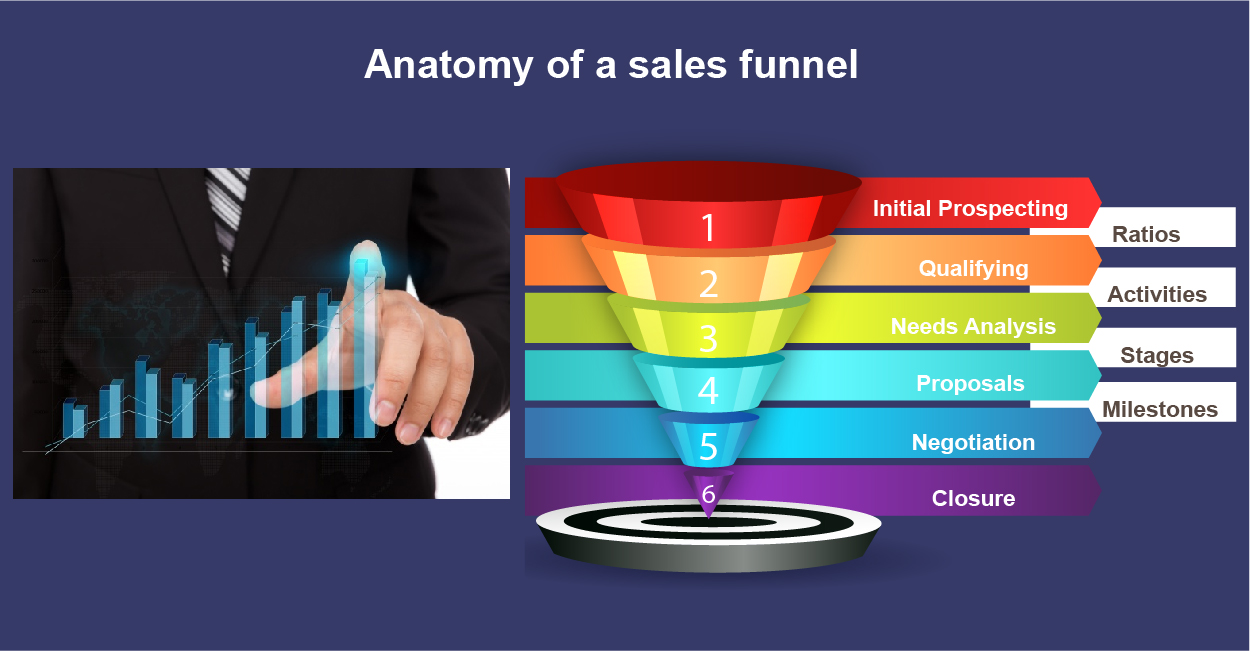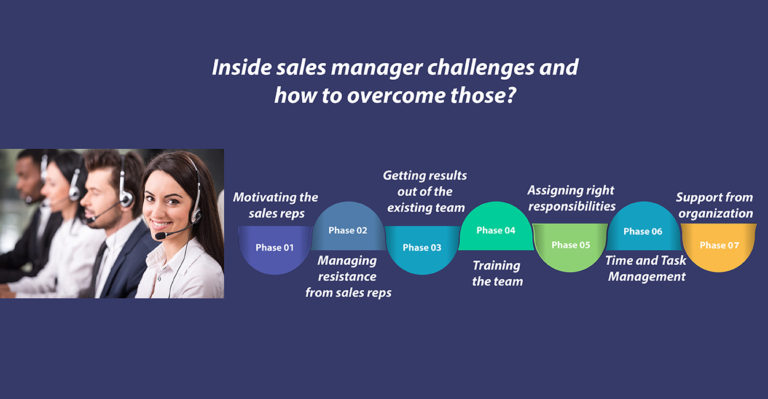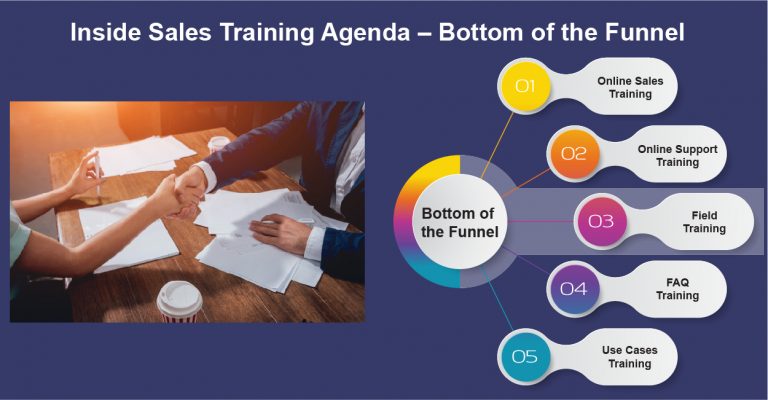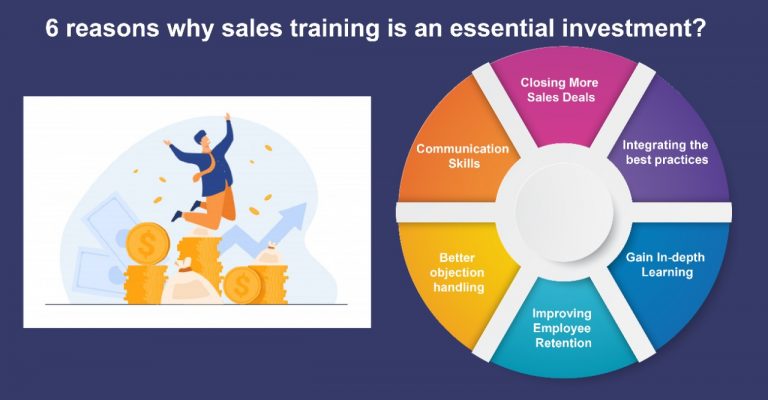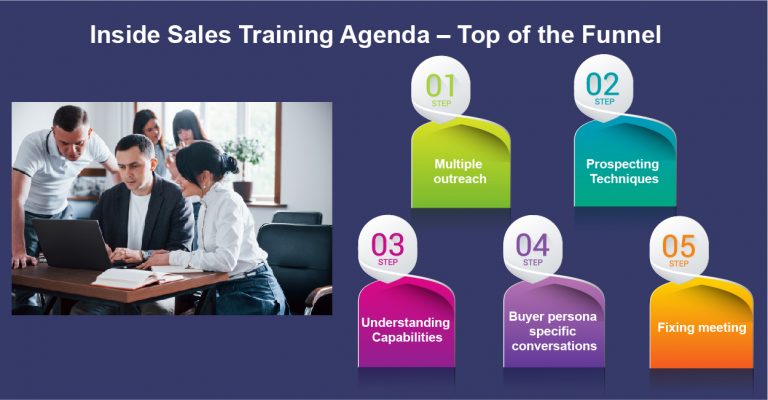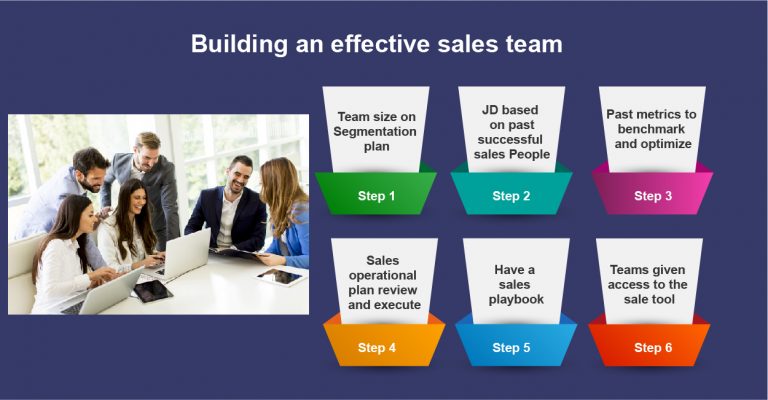The stages are the multiple steps that you have to take the prospect through to get them to be a customer, i.e., Make them purchase. Unless it is a product that has high levels of the index of impulsive purchase or routine purchase, the buyer will take their time in evaluating the product and will go through multiple steps in order to decide to purchase.
The sales funnel will help you track the buyer’s journey at their respective stages of the buying journey. You, as a good salesperson will be able to use the right stimuli to influence their journey and make them travel towards the destination (buy button) faster. The sales funnel will help you to understand how many prospects are there at what stages of the sales cycle and will help you to move the prospects scientifically from one stage to another till the point of purchase so that you will know the likelihood of the revenue coming in for the month.
In spite of the best solution for a high impact problem, buyers still have a buying cycle – a few days to a few months. So filling multiple stages of sales funnel with adequate prospects is important. #salesfunnel Click To Tweet
How many stages should you have in your sales funnel?
A Sales Cycle is the time taken in between the time a prospect comes across your brand until the time they purchase. The first touch point may be an advertisement, email, blog, other digital assets, cold call, a face to face meet or colleagues mention.
After that, the prospect may reach out to you to find out how you can solve their problem. This happens not so often. Companies hire salespeople to cold call, cold email, connect on social media and reach out to the prospect. The first objective is to let the prospect know that you have certain offerings and this is how you have solved similar problems for others. The prospect gets into an awareness phase where they begin thinking of how to utilize your solution of capabilities to help them achieve certain business goals.
The prospect also has to go and meet up with multiple buyers within their organization to socialize the thought and get their buy-in. This means this is not a one conversation closure. You will need to come up with a sales stage structure and track the prospect across multiple stages. Four to Six stages are ideal to run a good sales pipe.
You should custom design your sales funnel stages based on the buyers buying process. #salesfunnel Click To Tweet
How to create a sales funnel? You can design the sales funnel based on the activities you would perform with a buyer too. You can couple this with the stage the buyer is in at that point in time. Let us look at a few indicative stages:
- Initial Conversation
This is the stage where an initial conversation is established with a prospect. It could be a combination of cold outreach (Cold call, Cold email, Linkedin messaging). The buyer showed some interest either to talk on the phone or to meet in person. The initial pitch is given and the prospect shows some interest in your products or services and asks for specific details to evaluate the fitment. The ones that do not show interest can go into nurturing as they have met up with you or have spoken to you. You can be in touch with them by sending them emails(newsletters) or calling them once in a while and be in their mind once they decide to make a purchase.
- Qualification
This is the stage when the buyer involves you in a subsequent conversation. You can also do that in the Initial conversation if you would have some time and the buyer is open to answering questions. This is the time when you would have to decide if you should spend more time with the buyer. Even in an inbound call or an email, the buyer who has requested to meet you may not necessarily buy it now or buy from you at all. It is ok if you would just have to follow up once in a while but you have to watch out if you will have to do some extra pre-sales work by involving other people within your company. You have to ask the right questions to find the needs, find the ability of the buyer to buy and finally determine your chances to win the deal. You should move on to the other prospects if a specific prospect does not make the cut.
Also, read the other blog I had written on the Hidden cost of not qualifying your prospect
- Needs Analysis
This is the stage the buyer opens up and talks about their detailed and their specific needs. The needs are a manifestation of what they think their issues are and how they think they should solve it. This may not necessarily be the best ones. You will have to ideate with them and should make them open up. Then you can discuss multiple solutions to the same problems or can highlight allied problems you can solve along with the stated and with the thought problems.
Also, read the other blog I had written on Needs Analysis
- Proposal
This is the stage when the buyer wants you to give your solution and the other terms in the form of a structured document. This is when you would convert all of your verbal conversations into a written document. This document will contain the scope, financial & business terms, and conditions that will let the prospect socialize the document internally and will allow them to take an official decision. This document in the written form should be done after all the necessary discussions are done with the buyer and with multiple buyers within the same organization(if possible). All that goes in writing should be an understanding of what has been discussed earlier. You should also discuss and present the proposal as the buyer may misinterpret your written document against you if any new terms and conditions that were not discussed earlier comes into the proposal and is just mailed or couriered without discussion.
Also read the other blog I had written on best practices on a Sales Proposal Template
- Negotiation
The is the stage when your prospect calls you for a discussion and a midpoint on a few terms they would like to change in the document to suit their requirements. The negotiation could include perceptions of the buyer when compared with what is written in the document. The discussion could be monetary, scope, timelines, legal terms, payment terms, insurance, liability to name a few.
- Closure
This is the stage when the transaction gets completed and the prospect becomes a customer. The buyer has decided to go with you at this stage. The contracting / paperwork needs to be done. This might take a few days to a few weeks depending on the complexity of the vendor empanelment process. However, verbal or email go ahead does not mean that you have the deal. No deal is confirmed until they sign the paperwork, get you empaneled and gives you the firm go ahead and sometimes the initial payment being made.
After we design the sales funnel based on multiple stages, we will still need to watch out on the execution of the sales plan.
- Sales funnel strategy – Execution
After deciding the stages of your sales funnel, you will need to execute your sales funnel strategy/ You will need to come out with some evaluation parameters and ensure that these are being followed by the sales team.
In addition to that, you will need to track how your sales plan is being executed. You will need to have the following as well factored into the funnel
- Stages
Having too low or having too many stages will not help you to track the health of the sales team process. You will first need to decide how many stages you would need to track your prospect through for your firm in order to move them from a prospect stage to a closure stage.
- Ratios
You will need to define ratios across the entire sales stages. This means that the sales team should follow certain ratios in multiple stages of the sales cycle.
- Milestones
You will then need to define what should be achieved at each stage of the sales cycle. This will help you to understand when to move the prospect from one stage to another.
- Activities
You will then need to set the required amount of activities that your team needs to be performed in order to reach those milestones.
A sales cycle is the time taken for the buyer to move from the initial stimuli till the final purchase. So, any B2B purchase will take time. Click To Tweet
Summary:
You can begin with having a funnel with some indicative stages. You can define the other metrics and can track the prospects movement from one stage to another. You will have to ensure that there are enough of prospects at multiple stages of the sales funnel as per your initial sales plan.
You can then predict your closures for the month scientifically.Do Share this in your preferred social media channels if you found this article useful..Also, Subscribe to this channel to receive constant updates on B2B Sales tips and techniques.
Visit Our Inside Sales Training Services
Visit our youtube channel to get more insight on B2B sales and on digital marketing


